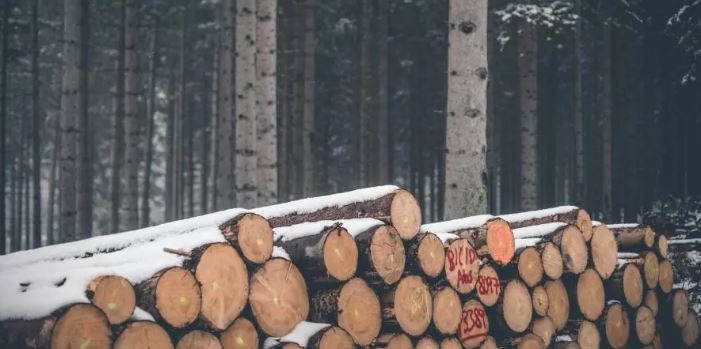
Researchers have analysed the material flows of wood in
Switzerland and discovered untapped opportunities for the raw
material.
Many see wood as the material of the future. After all, it is as
sustainable as it is renewable. Trees are good for the climate.
But in what quantities is their wood available to us humans? And
how well have we utilised it so far? As reported by the Swiss
Federal Institute for Forest, Snow and Landscape Research (WSL),
researchers have now investigated this. They analysed the
material flows of wood in Switzerland. Their study has now been
published in the ¡®Journal of Industrial Ecology¡¯.
Research: Wood as a material and energy source of the future
Wood can be used in many different ways - whether as a building
material or as an energy source. This is why many branches of
industry want to increasingly rely on wood in the future. For
this reason, researchers at the Swiss Federal Laboratories for
Materials Science and Technology (Empa) and WSL have now
comprehensively analysed all documented material flows of wood
in Switzerland.
Significant potential in the sustainable use of wood
They come to the conclusion that there is still considerable
potential in Switzerland when it comes to the sustainable use of
wood. According to their analysis, the recycling rate for wood
is just under 8 %. In comparison: The figure for paper is around
70 %, explains the WSL. Another problem is that of the 5 to 7
million cubic metres of wood harvested in Switzerland every
year, around 40 % is used directly for energy - i.e. burned. The
researchers criticise this, according to the WSL. They say: ¡®For
wood to fulfil its function as a CO2 store, it should remain as
a material in the technosphere for as long as possible.¡¯
Ecologically and economically sensible wood utilisation
The scientists would like to see so-called cascade utilisation
in the future. The WSL explains what this means: ¡®A felled tree
is first processed into the largest possible, high-quality
workpieces - such as beams and boards for construction. We
should then reuse the wood in this function for as long as
possible. Only when this is no longer possible would it be
shredded and transferred to the next material stage, for example
as smaller boards, wood chips or wood-based materials. And the
wood should only go into the oven when no further material
utilisation is possible.¡¯ The researchers now want to go into
even more detail and investigate which uses of wood would make
ecological and economic sense. According to WSL, they also want
to analyse: ¡®In what form is the wood present in a particular
river? Where exactly is it harvested? How is it treated? And how
else could it be used?¡¯
Source:
forstpraxis.de